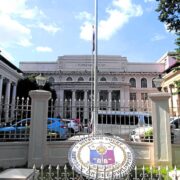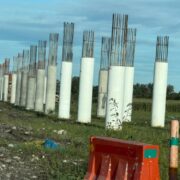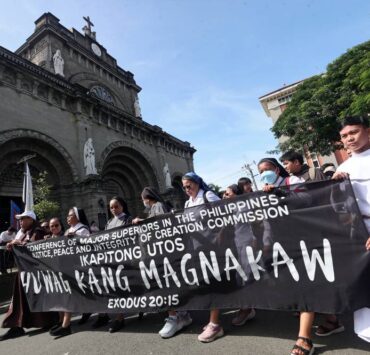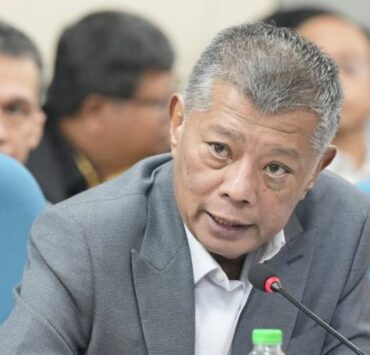DILG orders rapid assessment of quake-hit structures in Cebu, Davao
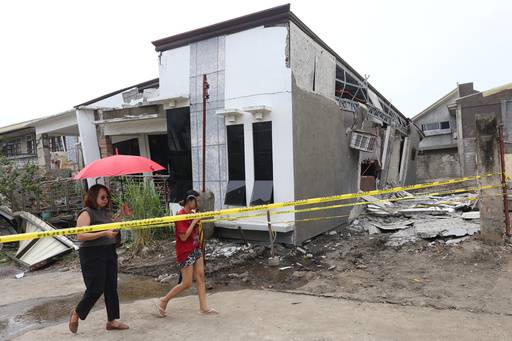
The Department of the Interior and Local Government (DILG) on Monday directed local government units (LGUs) to conduct rapid structural assessments of damaged structures in areas affected by the recent earthquakes in Cebu and Davao.
“Priority should be given to structures in heavily affected barangays and those reported to have visible cracks, partial collapse or foundation damage,” the DILG said in a statement.
“LGUs are likewise instructed to inspect tilted or displaced buildings and structures affected by ground fissures, sediment venting, and subsidence before allowing reoccupation,” it added.
Ground fissures are cracks in the surface rock or soil. Sediment venting is a hazard connected to liquefaction or when sediments behave like liquid, similar to quicksand, while subsidence is the sinking of land.
The DILG further said that LGUs must also assess residential structures and relocate affected families to temporary shelters if the structures are declared unsafe.
Local governments were also urged to coordinate with their respective Department of Public Works and Highways district engineering offices, disaster risk reduction and management offices and barangay officials for joint inspections.
The DILG issued the advisory after a magnitude 6.9 earthquake struck off Bogo City, Cebu, on Sept. 30, followed by a magnitude 7.4 earthquake off Manay, Davao Oriental, on Oct. 10.
NDRRMC updates
At least 74 individuals were reported dead while 559 were reported injured by the Cebu tremor, according to the latest situational report by the National Disaster Risk Reduction and Management Council (NDRRMC).
A separate NDRRMC report said the Davao quake left at least eight individuals dead and 403 injured as of Monday.
Meanwhile, League of Cities of the Philippines President and San Juan City Mayor Francis Zamora urged other city mayors to boost their disaster preparedness.
The successive tremors have reignited concerns, especially in the National Capital Region, over the “Big One” or a scenario in which a magnitude 7.2 earthquake may be generated by the West Valley Fault, which runs through Metro Manila.





